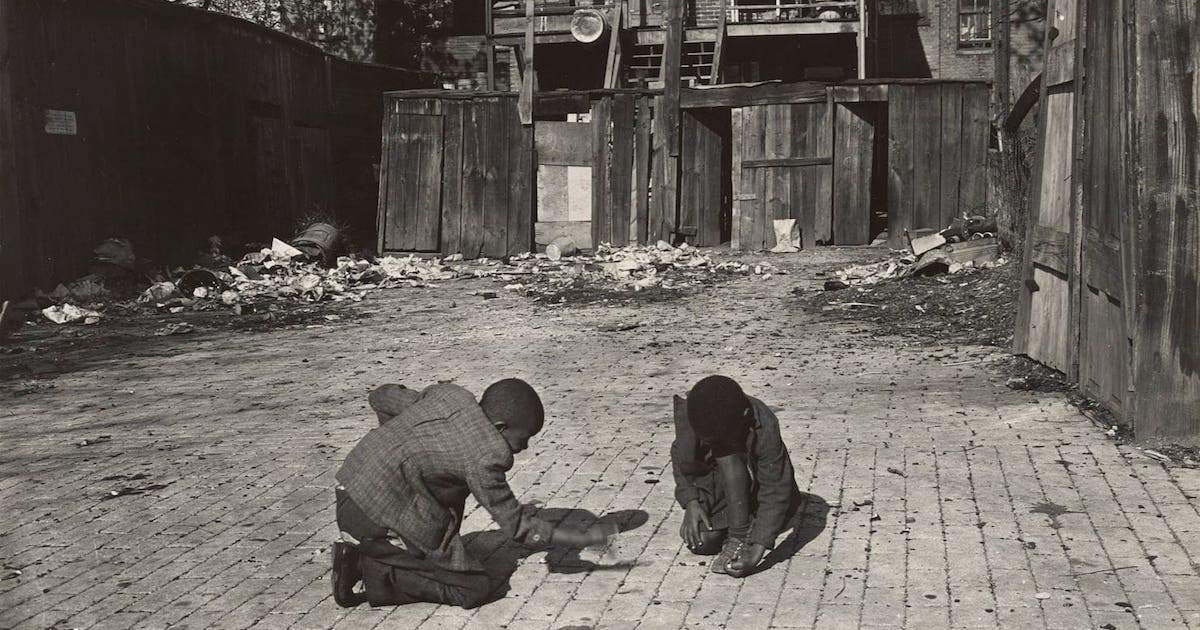[ad_1]
He was the youngest of his father’s 15 children. He wrote in his high school yearbook that he wanted to be “a general or a Jazz Sheik.”
Gordon Parks fell short of those goals, but in the process of failing, he became a poet, novelist and memoirist; the inventor of a new genre of film; a pianist, composer and librettist; and one of the greatest photographers of the 20th century. How did this happen?
If you love an artist’s mature work, his or her early work is almost always riveting. The drama is innate: How did it come to be? What were the breakthroughs? Who and what helped? What explains it?
“Gordon Parks: The New Tide, Early Work 1940-1950,” at the National Gallery of Art, sets out to answer these questions. But just as Parks himself got diverted on his way to becoming a “Jazz Sheik,” the curator, Philip Brookman, gets waylaid, and instead of rooting around in juvenilia, finds himself presenting a show with the force and cogency of a full-blown retrospective.
[ad_2]
Source link

